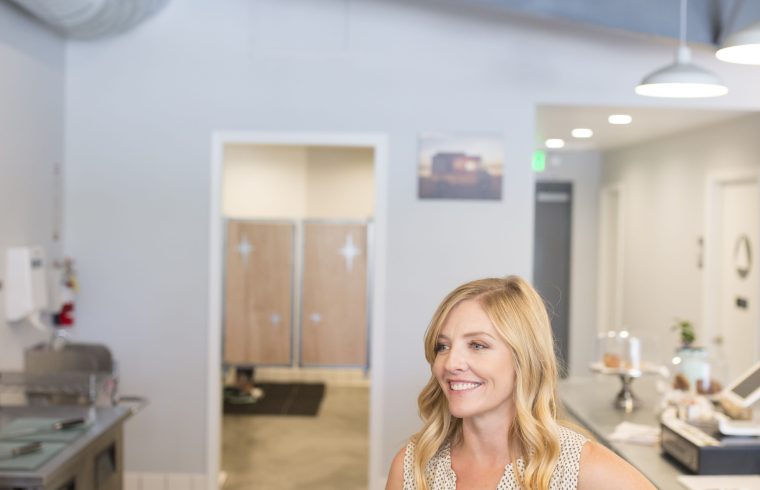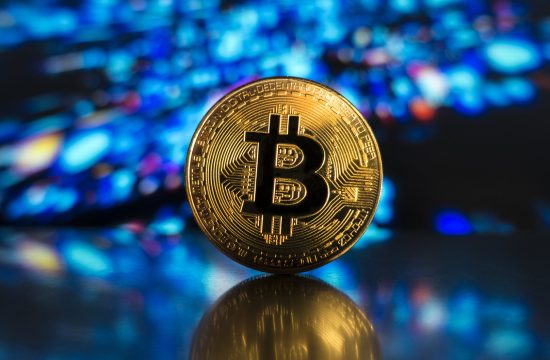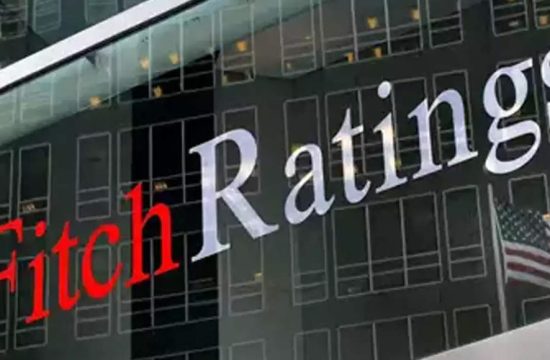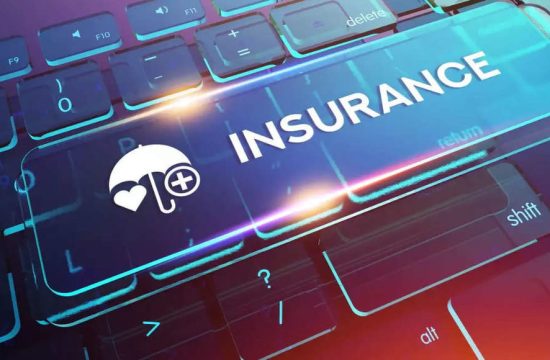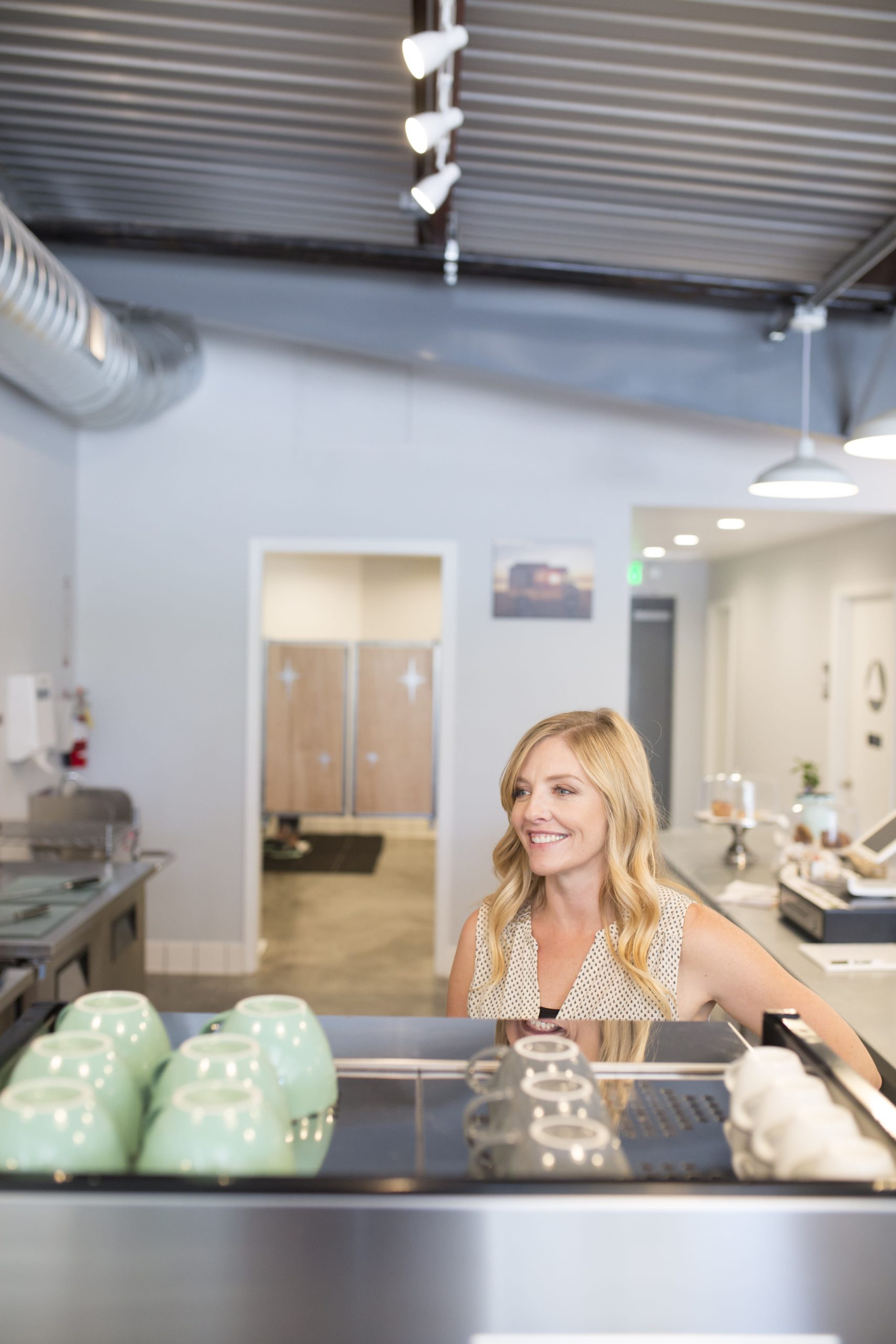
Robert Miller, a Pittsburgh area restaurateur, has watched with sadness as some of his favorite local eateries closed for good in recent weeks.
Union Standard, Pizza Taglio, Spoon — just a handful of the businesses lost in the age of the coronavirus pandemic.
“They’re all places people would know by name,” Miller said.
Miller, 45, expects his restaurants would have been among the wreckage if it weren’t for aid received as part of federal coronavirus relief.
His three establishments — Sidelines Bar and Grill, Sidelines Beer House and The Fire Side Public House — collectively got about $ 212,000 in funding through the Paycheck Protection Program and $ 775,000 from the Economic Injury Disaster Loan program.
But the PPP money has been gone for weeks, sales are down at least 50% from last year and Pennsylvania Gov. Tom Wolf curbed bar and restaurant activity again this week due to rising Covid-19 cases.
Miller fears his restaurants can only make it another six to eight months absent more federal aid or a resumption of normal business.
“It’s been difficult,” he said. “You could talk to 1 million people who have the same story as me.”
Funding issued through the Small Business Administration has been a financial lifeline for millions of small businesses during a recession that hit faster than any other in American history.
The Paycheck Protection Program, created by the CARES Act, a $ 2.2 trillion relief measure enacted in March, offered low-interest loans of up to $ 10 million to small businesses.
Entrepreneurs who use the funding a certain way, like allocating the bulk toward employee wages, don’t have to repay the loan — a huge draw for businesses forced to shut due to government fiat and through no fault of their own.
Lisa Hess at Lucy’s Coffee in San Luis Obispo, California.
Shannon McMillen Photography
But now that business owners have used up their PPP funding, they’re facing uncomfortable questions amid the possibility of further shutdowns.
“How long will this last?” asked Lisa Hess, founder of Lucy’s Coffee in San Luis Obispo, California. The firm took a PPP loan of about $ 23,000 and used up the cash in approximately six weeks.
California Gov. Gavin Newsom recently closed bars and indoor dining across the state amid a resurgence of Covid-19 in the Golden State.
The shop has adjusted to the post-Covid-19 world by moving its service outside, setting up tables and purchasing umbrellas to make more seating available.
Hess has a second lifeline through the Economic Injury Disaster Loan program, a federal loan for small businesses affected by the Covid-19 crisis. She is reluctant to continue borrowing, especially since cash flow is tight.
“If this goes on for a year and I use this money to pay the rent, then am I taking on a crazy amount of debt to keep the doors open?” Hess asked. “How much do you put into it before enough is enough, if I keep getting in debt to keep up?”
Emergency aid hobbled by delays, confusion
A man walks his dog past a placard stating “ALL SMALL BUSINESS IS ESSENTIAL” outside Atilis Gym on May 20, 2020 in Bellmawr, New Jersey.
Mark Makela | Getty Images
In addition to establishing the Paycheck Protection Program, the federal government opened its existing disaster-loan program to businesses in all states due to the crisis.
Nearly 5 million businesses have gotten $ 518 billion in cumulative PPP funding, with an average loan of $ 105,000, according to the SBA.
Another $ 135 billion was issued through the disaster loan program, with an average loan of about $ 60,000.
Both programs were marred by administrative delays, changing rules and limitations that made it difficult for some businesses to take advantage.
We’re revisiting whether you can defer rent, how much do you need to retain a skeleton crew, who can you lay off assuming you don’t get a second round of funding.
Dan Herron
CPA and principal of Elemental Wealth Advisors
“I think clearly there were some mistakes,” said Chester Spatt, a professor of finance at Carnegie Mellon University and former chief economist at the Securities and Exchange Commission from 2004 to 2007.
Chief among them were rigid rules around how PPP funds could be spent, Spatt said. They created an inherent tension between employees and the continuation of the business itself, he said.
The program’s original framework required business owners to spend the funds over eight weeks or risk losing full loan forgiveness — which would essentially forfeit one of the program’s main draws.
The federal government later broadened that timeline to 24 weeks, but by then it was too late for many who’d gotten a loan early on.
More than just payroll costs
A customer wearing a protective mask receives a takeaway meal from a restaurant during the coronavirus pandemic on May 20, 2020 in the Little Tokyo neighborhood of Los Angeles, California.
Michael Tullberg | Getty Images
Robert Miller, for example, had already spent seven out of eight weeks’ worth of PPP funding on his restaurants by the time that update was announced.
“Eight weeks was nothing, considering we’re on month No. 4 [of the pandemic],” Miller said.
Due to another early limitation of the program — that at least 75% of funding be used for payroll — Miller, like many other businesses, didn’t have much left over for other costs. (Lawmakers eventually lowered that threshold to 60%.)
Miller has been spending more than $ 500 a week on Covid-19-related items (e.g., gloves, masks and cleaning supplies) alone. Items like umbrellas, tables and chairs for outdoor dining cost extra, too, all adding to the bottom line.
More from Personal Finance:
Coronavirus unemployment claims are worst in history
Treasury canceling stimulus checks to dead recipients
‘Jumbo’ loans may be harder to get. Here’s what to expect
Luckily, his disaster loans have helped supplement other business costs as sales have lagged — though the prospect of being indebted to the federal government for 30 years, the term of the disaster loans, isn’t a welcome thought, he said.
For entrepreneurs along the coasts, rent expenses have also devoured their loan proceeds. Landlords, whose pocketbooks are also squeezed, are reluctant to give much of a break.
“Payroll is the biggest expense, but the rent?” said Hess. “I don’t know what the solution is here.
“I talked to my landlord about it, and he pretty much said no because he can’t afford it, either.”
Scraping more funding
Anton Petrus
Around 84% of small businesses that received a Paycheck Protection Program loan will have exhausted their money by the first week of August, according to a recent Goldman Sachs survey.
Under current law, companies can’t get a second bite at the apple. The Senate will start debating the contours of another round of coronavirus relief when the chamber reconvenes on Monday, but it’s unclear whether it will contain more aid for small businesses.
Even then, lawmakers have hinted that future aid for businesses would be more targeted than in the CARES Act.
In the meantime, tax professionals working with business owners have been scrounging for additional ways to free up cash flow.
“We’re revisiting whether you can defer rent, how much do you need to retain a skeleton crew, who can you lay off assuming you don’t get a second round of funding,” said Dan Herron, CPA and principal of Elemental Wealth Advisors in San Luis Obispo, California.
It’s been difficult. You could talk to 1 million people who have the same story as me.
Robert Miller
Pittsburgh area restaurateur
Another strategy to consider is tapping the disaster loan after PPP funding runs out. Entrepreneurs with access to both can’t use them concurrently for the same costs.
“There’s nothing that says you can’t use one after you’ve used up the other,” said Albert Campo, CPA and managing partner of AJC Accounting Services in Manalapan, New Jersey. “If you have some suppliers you owe money to, you can use the disaster loan money for that.”
Other sources of liquidity may become scarce.
“Banks are a little more conservative when lending,” said Campo. “Restaurants have a harder time getting funding due to their failure rate.
“It’s very nuanced and specific to each client, depending on their credit and liquidity.”
‘Bit of a boom’
Some entrepreneurs may not require additional aid, though.
Alyssa Nix, owner of Posh Boutique, a women’s clothing boutique in Sioux Falls, South Dakota, got about $ 10,000 in federal funding — half through the PPP and the rest from a disaster-loan grant program.
The timing of the loans was “crucial” for the business, she said. They gave her capital to stock up on product for the spring and summer seasons — money she hadn’t had due to the store’s closure.
Her sales are now up about 10% to 15% over where they were a year ago, partly attributable to the state’s relatively low prevalence of coronavirus cases and crowds at big retailers pushing people to seek out less heavily trafficked stores, Nix said.
“We’ve had a bit of a boom after things started opening up,” said Nix, who doesn’t anticipate needing additional federal aid.
“Right now, I’m comfortable with where I’m at,” she said. “Things have been going well.”
